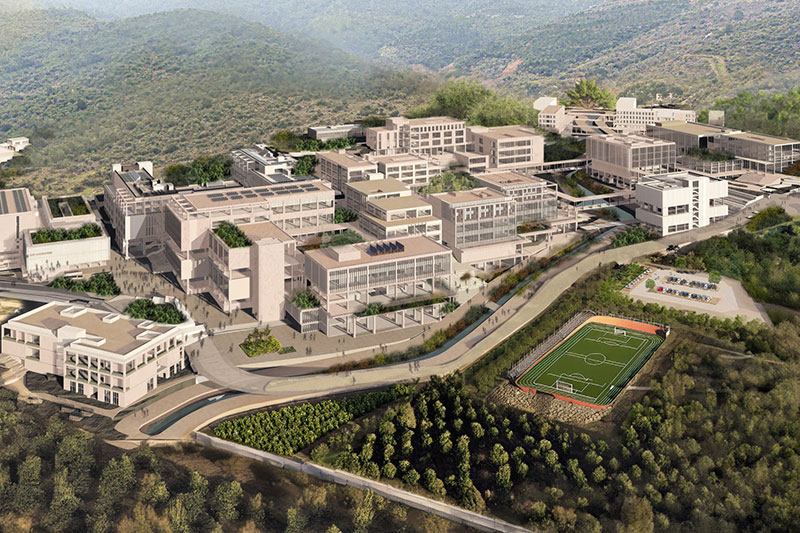
A Literary Exploration of Addiction with Expert Psychologist Dilek Aksoy
İzmir Ekonomi University (IUE) Department of English Translation and Interpreting organized a seminar titled “Psychoactive Substance Use and Addiction in ...

International Translation Day Celebrated with a Panel on "Healthcare Interpreting"
The Department of English Translation and Interpreting at İzmir University of Economics (IUE) celebrated International Translation Day on Tuesday, September 30, 2025, ...

Our Graduate Onur Ege Begins Chinese Studies at Beijing's BFSU
Onur Ege Türksal, a 2025 graduate of the Department of English Translation and Interpreting at İzmir University of Economics, is ...

IUE Graduate Ezgi Su Accepted to Master’s Program at KU Leuven
Ezgi Su Duygulu, a 2024 graduate of the Department of English Translation and Interpreting at İzmir University of Economics, will ...

Our Graduate Ece Continues Her Academic Journey in Europe!
Ece Fişek, a 2025 graduate of the Department of English Translation and Interpreting at İzmir University of Economics, is taking ...

Poster Exhibition on "Cultural Elements in Retranslations" at IUE
Senior students of the Department of English Translation and Interpreting at İzmir University of Economics (IUE) held a poster exhibition ...

Assoc. Prof. Özgür Şen Bartan on Translation Quality: Revision and Post-editing
On May 20, 2025, the Department of English Translation and Interpreting at Izmir University of Economics hosted a seminar titled ...






